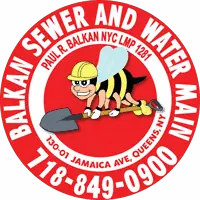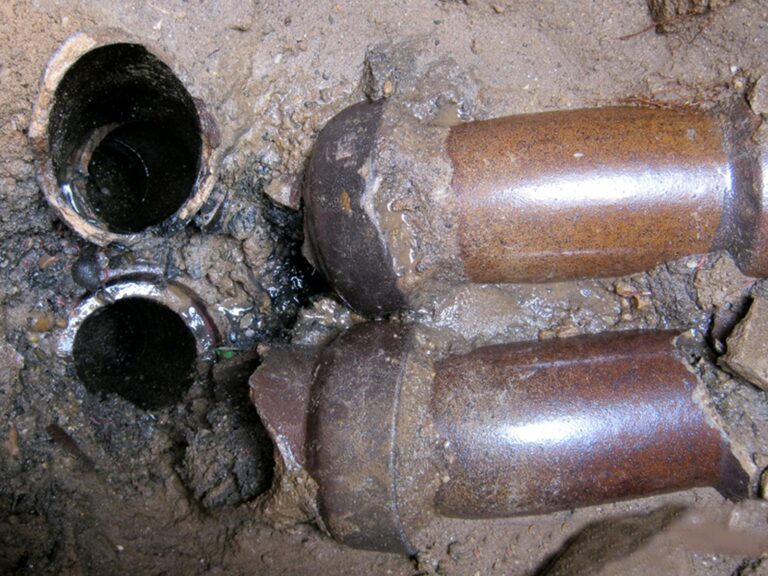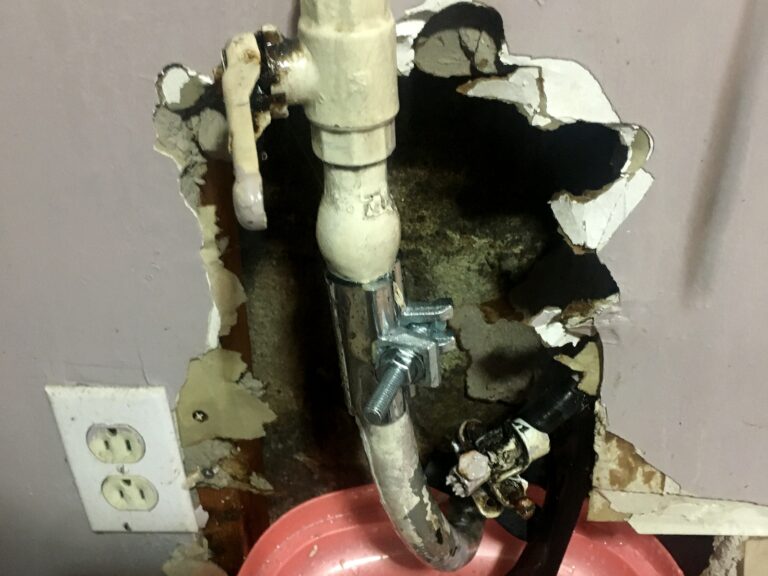A crucial but frequently overlooked task in any urban environment is to maintain the underground infrastructure. That applies of course to major cities, but to individual homes as well. With that being said, sewer and drain systems are likewise an essential component of any home and municipality as well. Drain and sewer systems ensure the efficient disposal of wastewater. Over time, these sewer lines may deteriorate, become clogged, or suffer damage.
Traditional methods of sewer repair and replacement often involve digging up streets and properties, causing inconveniences and substantial expenses for homeowners. That is why many folks are exploring the option of trenchless sewer repair. So let’s explain trenchless sewer repair, and if it is allowed in all jurisdictions and municipalities.
However, there’s what some folks consider a revolutionary approach to sewer repair called trenchless sewer repair. Various types of trenchless pipe rehabilitation and replacement have gained popularity. These methods are used for house sewer systems, and water lines as well. Unfortunately, it’s important to note that trenchless sewer repair is not legal or approved for house sewer systems in New York City. Restrictions on trenchless methods are primarily due to regulatory constraints, code requirements, and the complexity of the city’s infrastructure.
Nevertheless, understanding what trenchless sewer repair is, its techniques, and its variations, can provide valuable insights into modern sewer repair methods for individual homes.
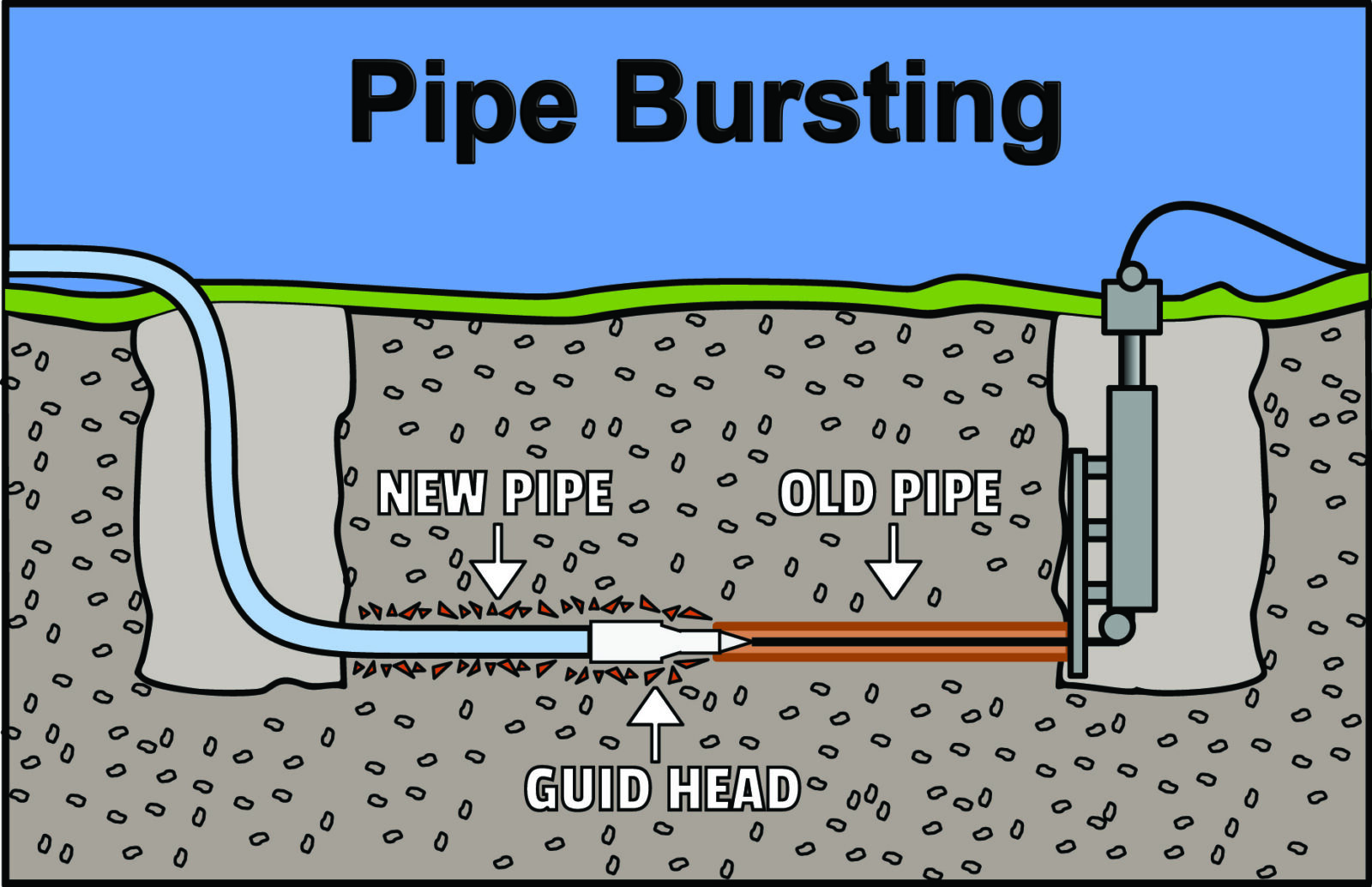
Some reasons Trenchless and Pipe Bursting methods Are Not Permitted In NYC
- Pipe lining restricts the opening size inside existing sewer lines
- Sewer linings can cover, but not correct existing defective conditions (root intrusions, backpitched sewer pipe, dislodged pipe, and more)
- Plastic and composite materials are not legal as house sewer materials in NYC
- Pipe bursting can damage underground utilities that are within close proximity to the underground house sewer
- There is no inspection process from an outside third party (such as the DEP) to ensure a proper installation
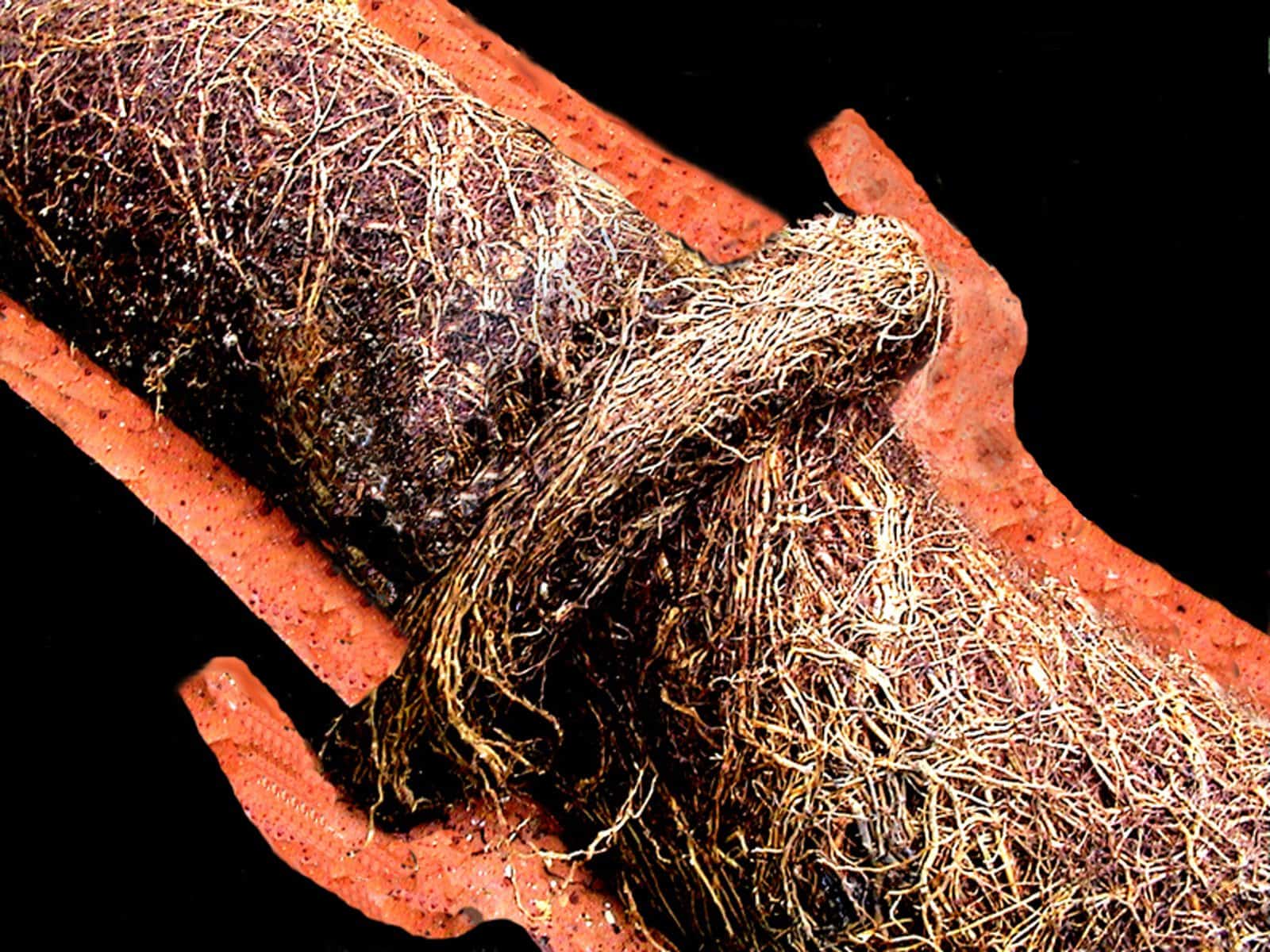
What is Trenchless Sewer Repair for House Sewer Systems?
The use of any trenchless sewer repair method for house sewer issues is a fairly modern technology-driven solution. The intent is to repair or replace underground sewer pipes without the need for extensive excavation on private property. Traditional sewer repair methods for house systems involve digging trenches to access and repair or replace damaged pipes. Any excavating involving pipe replacement is not only disruptive but also expensive. Excavation work requires significant labor, material, and restoration of finished surfaces that were disturbed.
On the contrary, trenchless sewer pipe repair methods minimize the need for excavation on your property. This technique is especially beneficial in residential areas where extensive digging is impractical, expensive, or would cause significant disruptions. Trenchless methods are generally faster, more cost-effective, and less disruptive to your property. But as stated above, there are serious potential drawbacks to consider.
The two primary types of trenchless sewer repair for house sewers: pipe bursting and pipe lining
Pipe Bursting for House Systems:
Pipe bursting, also known as trenchless pipe replacement, is a method of replacing an old or damaged sewer pipe for a house by breaking it apart and simultaneously installing a new pipe in its place. Here’s the 3 basic steps in how it works:
- A bursting head, equipped with cutting blades, is pulled through the old house sewer pipe, bursting it, and breaking it into pieces. The old sewer line is now physically enlarged beyond its original size.
- Simultaneously, a new pipe is fed into the same space behind the bursting head. In some cases, a liner can be inserted that is larger than the original size of the older sewer line.
- As the bursting head progresses, it breaks apart the old house sewer pipe and pushes the fragments into the surrounding soil.
This method effectively replaces the old house sewer pipe with a new composite or plastic pipe material. In most cases, this process is time-saving and reduces the need for extensive excavation. It is typical in pipe bursting for there to be a sending pit, and a receiving pit.
Pipe bursting is especially useful when dealing with house sewer pipes that are severely damaged or compromised, and when they run under sensitive areas. For instance, situations that come to mind are house sewers that run under swimming pools, elaborate finished surfaces, or finished landscaping.
Pipe Lining for House Systems:
Pipe lining, also known as cured-in-place pipe (CIPP) lining, is a method that involves the rehabilitation (not the replacement) of existing sewer pipes for house systems. It doesn’t replace the old pipe but rather creates a new, seamless lining within it. Here’s how it works:
- All defects must be removed from inside the pipes, and a camera inspection must be done to confirm that no internal defects exist.
- A flexible and resin-soaked pipe liner is inserted into the damaged house sewer pipe.
- The liner is inflated to closely adhere to the inner walls of the old pipe.
- The resin is allowed to cure, and harden in place (no water can be disposed of inside the building during this process). This creates a new, structurally sound inner lining within the existing house sewer pipe.
Pipe lining is an excellent solution for repairing house sewer pipes with minor damage or degradation, as it can effectively restore the functionality of the sewer line without the need for excavation. On the other hand, if the existing sewer is backpitched, dislodged, or crushed, a liner will not cure the problem.
Trenchless Sewer Repair in New York City: Regulatory Challenges
While trenchless sewer repair methods have gained popularity in many places due to their cost-effectiveness and minimal disruption for house sewer systems, New York City has posed unique challenges for their implementation. The complexity of the city’s infrastructure, strict regulations, and concerns related to potential damage to adjacent utility lines have led to trenchless sewer repair being expressly prohibited for house sewer systems in the city.
In a densely populated and highly regulated urban environment like New York City, traditional sewer repair methods remain the primary means of maintaining house sewer systems. While trenchless methods offer significant advantages, it is important to note that they may not be suitable for all locations or circumstances.

To Summarize The Trenchless Sewer Repair Pros and Cons
In conclusion, the trenchless sewer repair process is a groundbreaking approach to maintaining sewer systems for house systems. The primary advantage is that it eliminates extensive excavation on your property. Pipe bursting and pipe lining are two innovative methods that offer cost-effective and less disruptive solutions for house sewer repair and replacement.
Even with the above having been said, it’s essential to be aware of local regulations and constraints, as demonstrated by the example of New York City, where trenchless sewer repair is not currently approved for house sewer systems. Understanding these methods can help homeowners make informed decisions about house sewer system repair and replacement work, taking into account the specific needs and conditions of their property.
